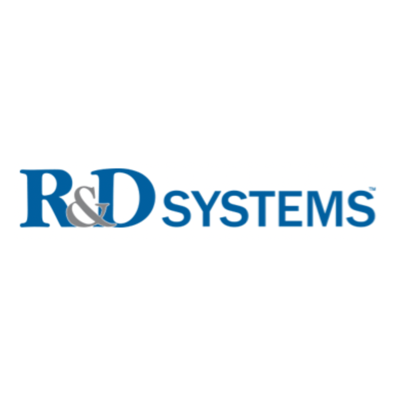 全部商品分类
全部商品分类

 下载产品说明书
下载产品说明书 下载SDS
下载SDS 用小程序,查商品更便捷
用小程序,查商品更便捷


 收藏
收藏
 对比
对比 咨询
咨询Carrier Free
CF stands for Carrier Free (CF). We typically add Bovine Serum Albumin (BSA) as a carrier protein to our recombinant proteins. Adding a carrier protein enhances protein stability, increases shelf-life, and allows the recombinant protein to be stored at a more dilute concentration. The carrier free version does not contain BSA.
In general, we advise purchasing the recombinant protein with BSA for use in cell or tissue culture, or as an ELISA standard. In contrast, the carrier free protein is recommended for applications, in which the presence of BSA could interfere.
9485-CL
| Formulation | Lyophilized from a 0.2 μm filtered solution in NaPO4, NaCl and Tween®-20. |
| Reconstitution | Reconstitute at 400 μg/mL in PBS. |
| Shipping | The product is shipped at ambient temperature. Upon receipt, store it immediately at the temperature recommended below. |
| Stability & Storage: | Use a manual defrost freezer and avoid repeated freeze-thaw cycles.
|
Recombinant Mouse FABP5/E-FABP Protein, CF Summary
Product Specifications
| Met | HHHHHH | GS | Mouse FABP5/E-FABP (Met1-Gln135) Accession # Q05816 |
| N-terminus | C-terminus | ||
Analysis

Background: FABP5/E-FABP
Fatty acid binding proteins (FABP) are small cytoplasmic lipid binding proteins that are expressed in a tissue specific manner and are involved in intracellular lipid transport. All FABPs bind free fatty acids, cholesterol, and retinoids, which differ in their selectivity, affinity and binding mechanism (1). Circulating FABP levels are used as indicators of tissue damage. Some FABP polymorphisms have been associated with disorders of lipid metabolism and the development of atherosclerosis (2). FABPs are structurally conserved, consisting of a water-filled, ligand-binding pocket surrounded by ten anti-parallel beta-barrel structures, capped by an N-terminal helix-turn-helix motif. The helical N-terminus is involved in the regulation of FA transfer from membranes (3). FABP5, also known as epidermal fatty acid binding protein (E-FABP), is highly expressed in epidermal cells, but also in a plethora of other tissues, including mammary gland, brain, liver, kidney, lung, adipocytes, macrophages, tongue and testis (1). It is associated with keratinocytes and adipocytes and is suggested to promote fatty acid availability to enzymes, protect cell structures from fatty acid attack, and target fatty acids to nuclear transcription factors. The amino acid sequence of human FABP5 is 80%, 81% and 92% identical to that of mouse, rat and bovine FABP5, respectively (4).
- Smathers, R. et al. (2011) Hum. Genomics. 5:170.
- Furuhashi, M. et al. (2008) Nat. Rev. Drug Discov. 7:489.
- Storch, J. et al. (2010) J. Biol. Chem. 285:32679.
- Bleck, B. et al. (1998) Gene 215:123.


参考图片
R&D Systems proteins are almost always sold with a bioassay to indicate activity. However, we recognize that sometimes proteins might be novel, and their bioactivity may not be well understood. In addition, some researchers may wish to use polypeptides to make antibodies. To facilitate the advancement of new science, we now offer our Innovator Series of proteins.




